Search Results
Filters
Advanced Search
2145 Results
-
Mil/Aero Analysis Functional Verification Study - 2020
Resource (Paper (.PDF)) - Jan 20, 2021 by Harry Foster
-
Mathworks Integration
Resource (Slides (.PDF)) - Dec 29, 2020 by Bob Oden
-
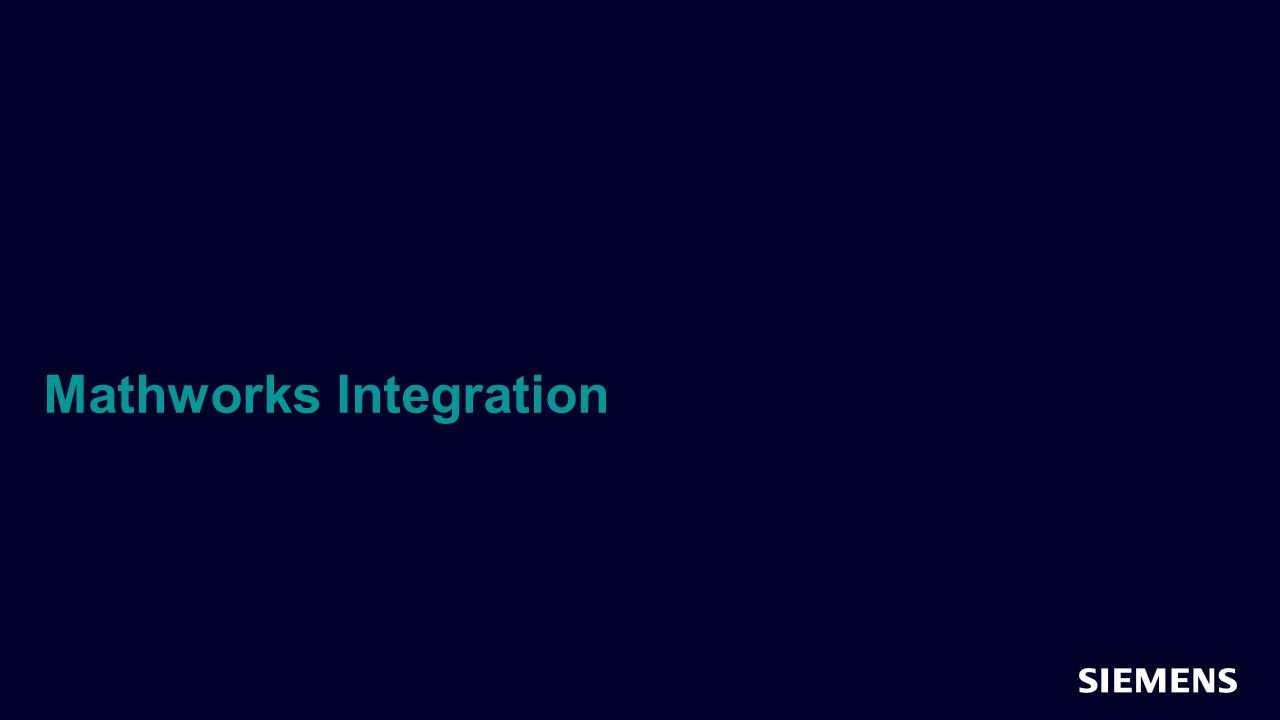
Mathworks® Integration
Session - Dec 29, 2020 by Bob Oden
In this session you will learn how the UVMF code generator can automatically integrate blocks created using Mathworks® products.
-
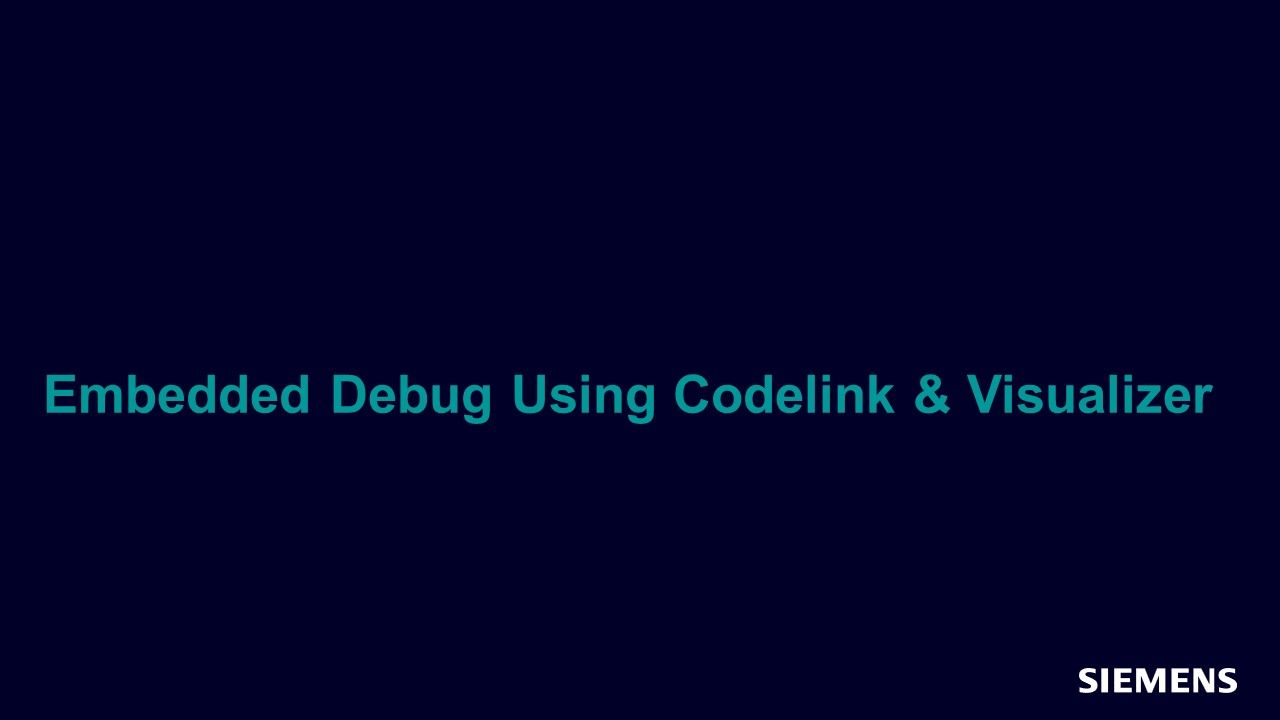
Embedded Software Debug Using Codelink and Visualizer
Webinar - Dec 08, 2020 by Tomasz Piekarz
In this session, you will learn how you can save time and improve your embedded software debug techniques by utilizing tips and tricks in Post simulation.
-

Visualizer Coverage: Debug and Visualize All Your Coverage
Webinar - Nov 19, 2020 by Athira Panicker
In this session, you will learn coverage techniques including; how to use testplan tracker in Visualizer to analyze the testplan, finding uncovered items using code and functional coverage windows and fixing them using coverage debugging mode.
-
I’m Excited About Formal…My Journey From Skeptic to Believer
Resource (Slides (.PDF)) - Nov 09, 2020 by
-
ISO 26262 Fault Campaign Management
Resource (Slides (.PDF)) - Oct 29, 2020 by Jacob Wiltgen
-

ISO 26262: Fault Campaign Management
Session - Oct 29, 2020 by Jake Wiltgen
In this session you will gain an understanding of the core challenges executing an ISO 26262 Fault Campaign and a methodology to ensure maximum efficiency. Some additional text here
-
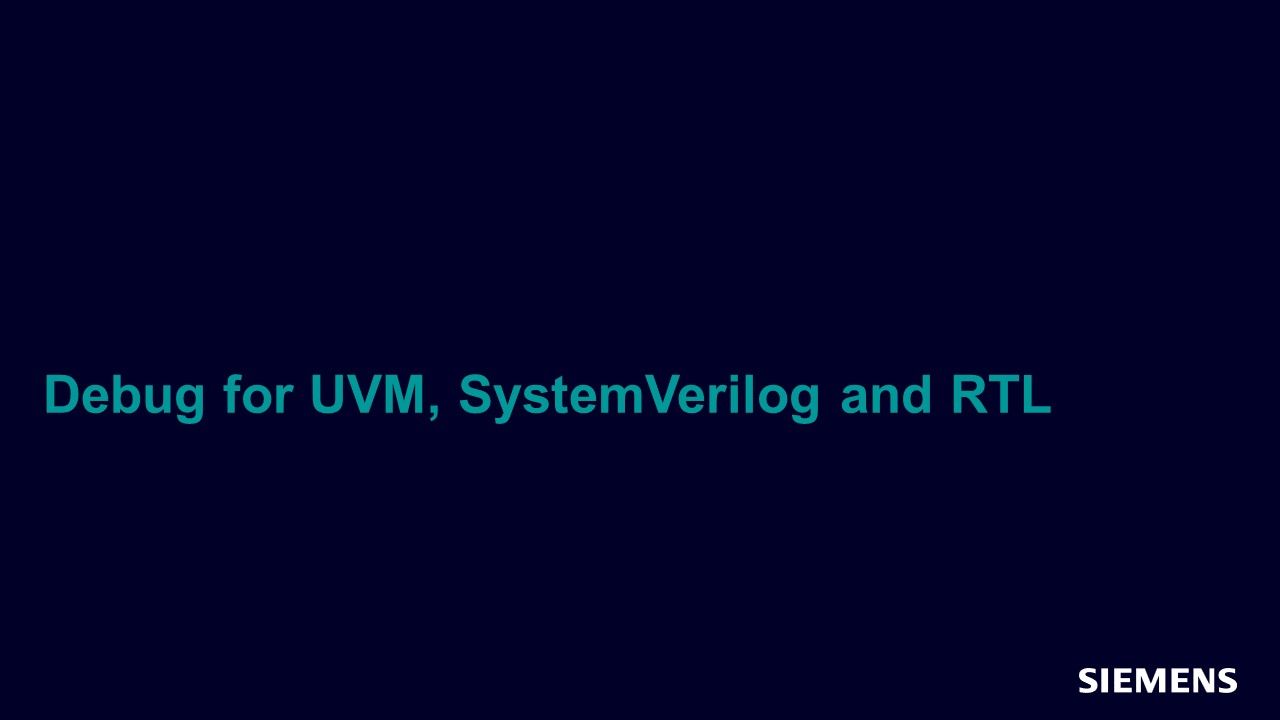
Interactive Debug Techniques for UVM, SystemVerilog and RTL using Visualizer
Webinar - Oct 27, 2020 by Jason Polychronopoulos
This session will cover different techniques for debugging SystemVerilog UVM testbench and RTL source code while running a live simulation.
-
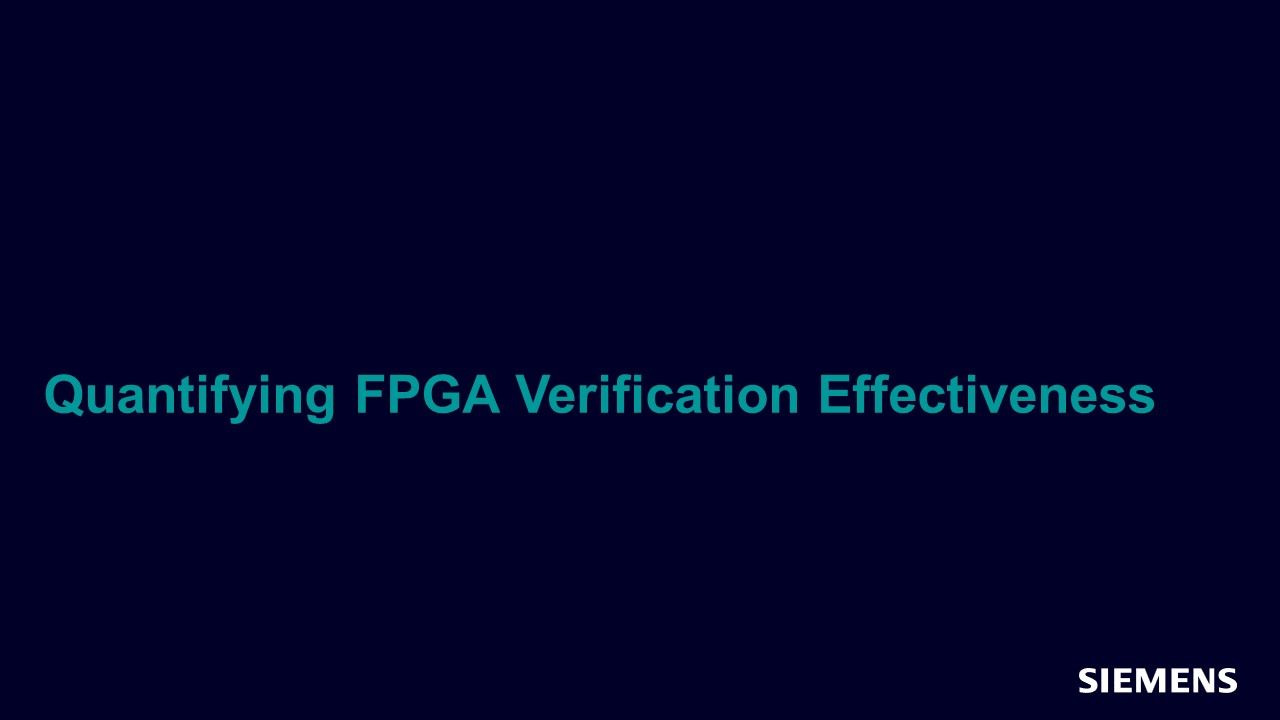
Quantifying FPGA Verification Effectiveness
Article - Oct 26, 2020 by Harry Foster
The 2019 global semiconductor market was valued at $385.4 billion after experiencing a 15% decline due to a 32% drop in the memory IC market, which is expected to recover in 2021 [1] . The FPGA portion of the semiconductor market is valued at about $5 billion [2] . The FPGA semiconductor market is expected to reach a value of $7.5 billion by 2030, growing at a compounded annual growth rate (CAGR) of 4.4% during this forecast period.
-
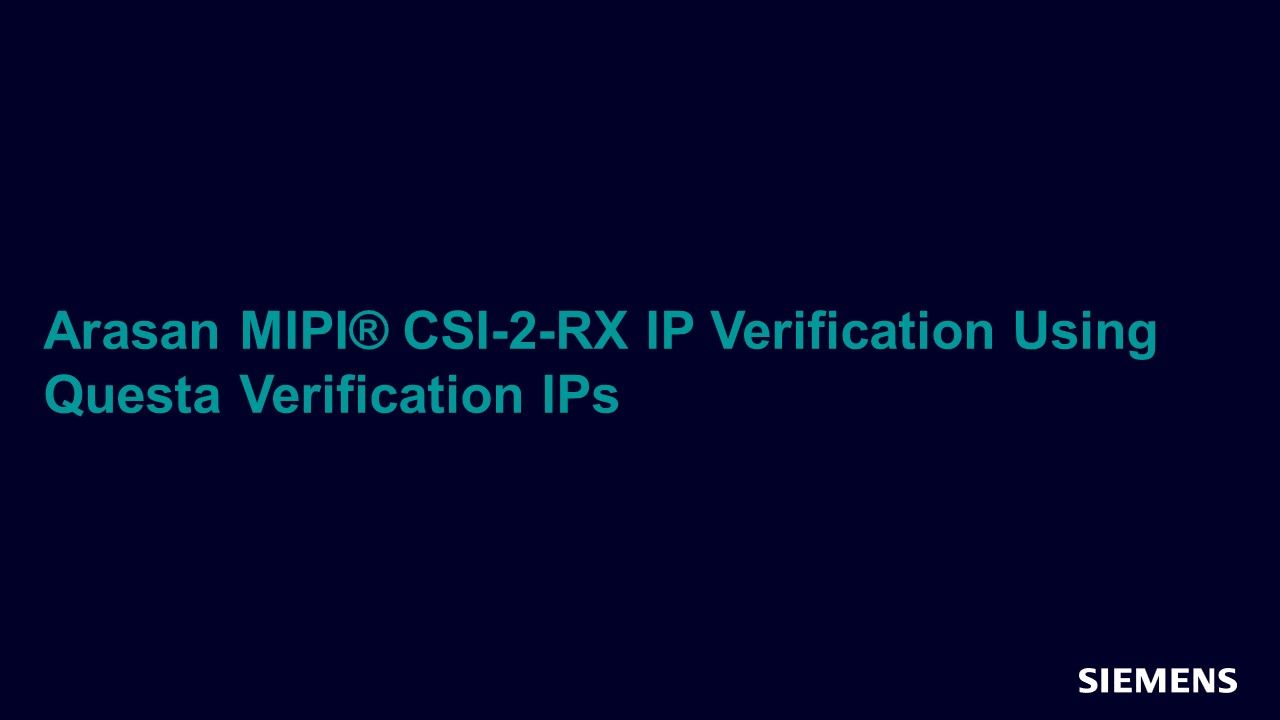
Arasan MIPI® CSI-2-RX IP Verification Using Questa Verification IPs
Article - Oct 26, 2020 by Vikas Sharma - Siemens EDA
This article describes the verification process of the ARASAN MIPI® CSI-2-RX IP core using Questa Verification IPs.
-
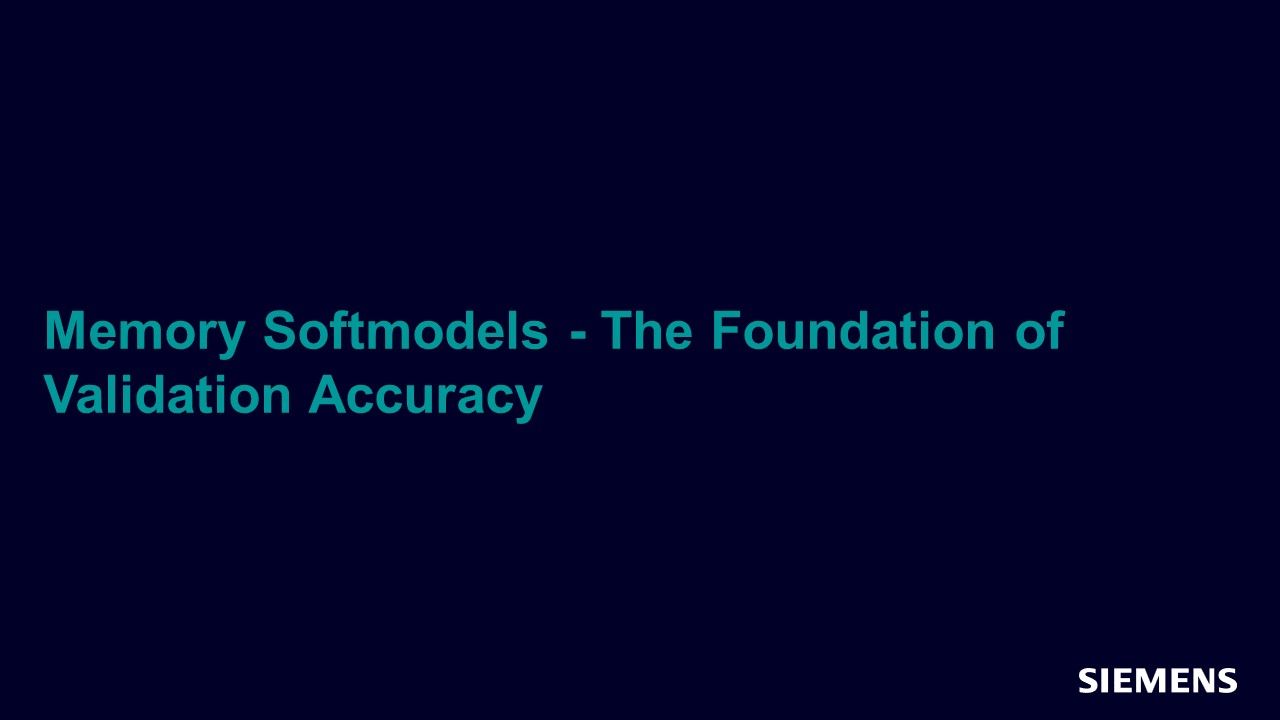
Memory Softmodels - The Foundation of Validation Accuracy
Article - Oct 26, 2020 by Ridham Kothari - Siemens EDA
As always, we must continue to reduce the time-to-market of SoCs and complex systems. An FPGA prototype implementation of these systems can be used as a basis for early software or firmware development, hardware-software co-verification and system validation, and all this can be achieved before actual silicon is available.
-
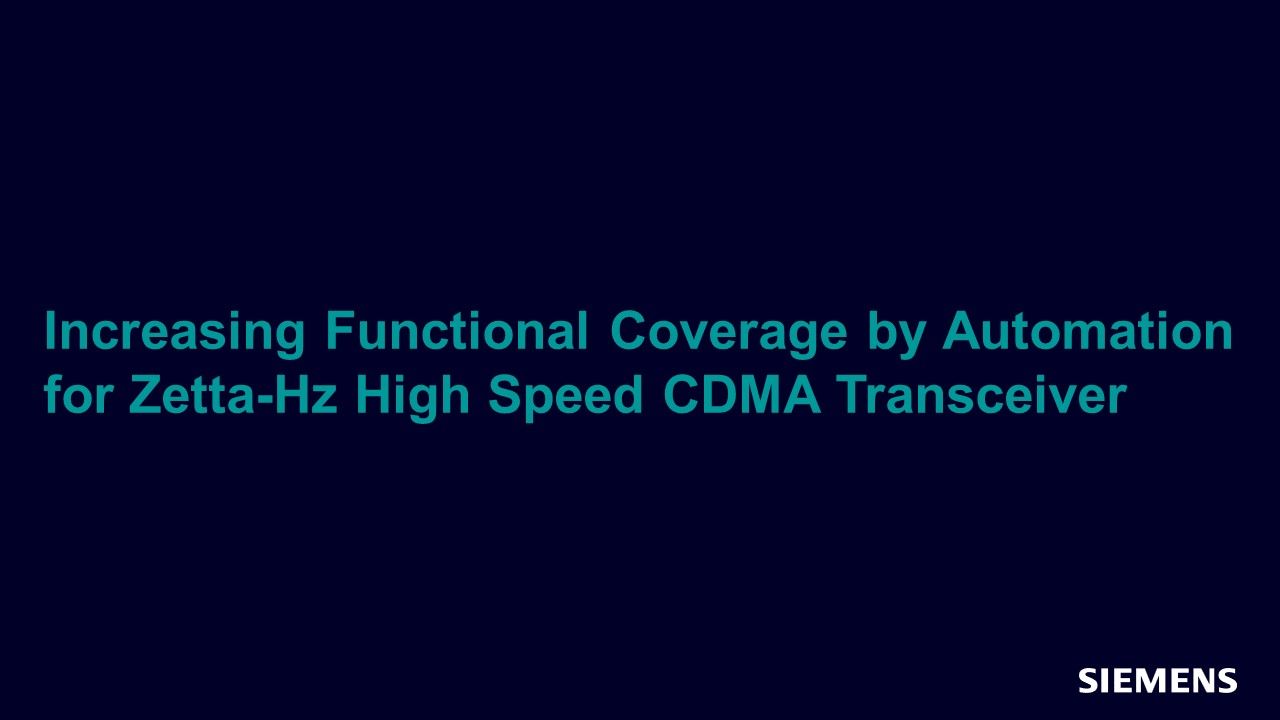
Increasing Functional Coverage by Automation for Zetta-Hz High Speed CDMA Transceiver
Article - Oct 26, 2020 by Karthik Bandaru, Priyanka Gharat, and Sastry Puranapanda - Silicon Interfaces®
The efforts to apply constrained randomization to create test cases is based on the developer or verification engineer’s perception of what test vectors are required and can easily lead to hidden bugs being overlooked. Traditionally, the coverage goals would have been reached by writing more test cases with unpredictable schedules, often impacting time-to-market goals. Functional coverage defines critical states and constrained randomization tests those states in unpredictable ways.
-
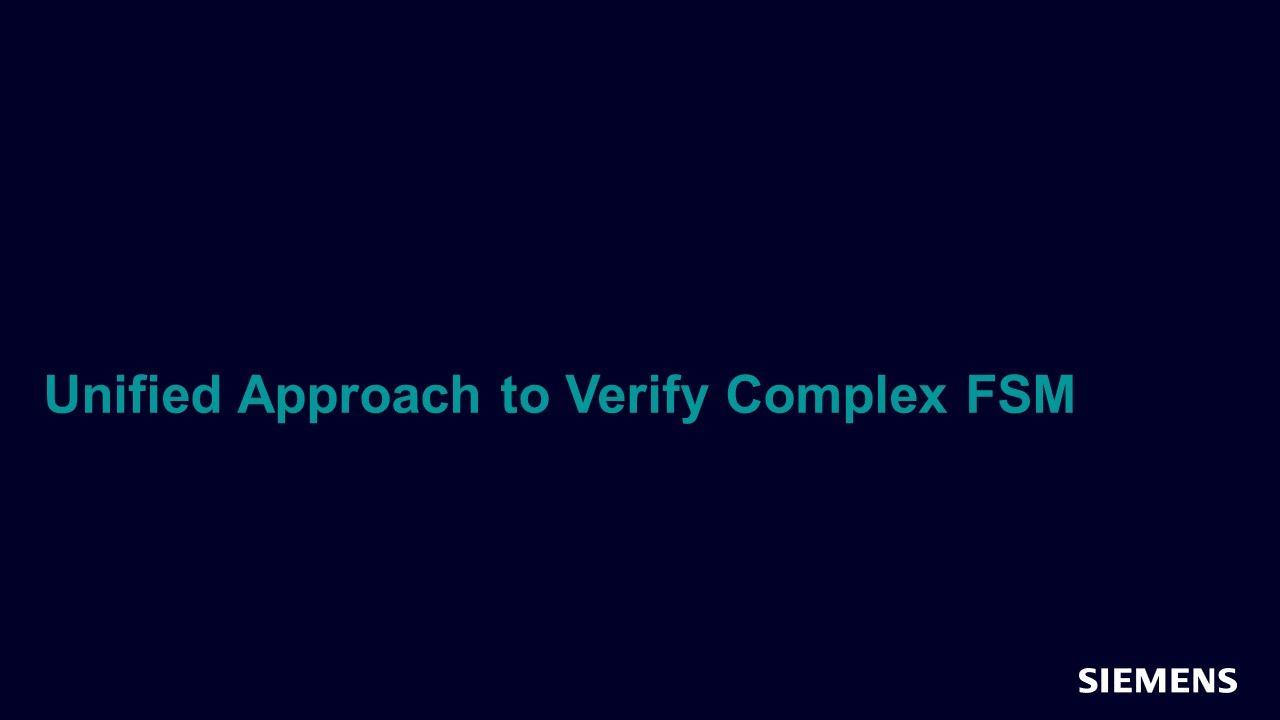
Unified Approach to Verify Complex FSM
Article - Oct 26, 2020 by Milan Patel - eInfochips, LTD (an Arrow Company)
The purpose of this article is to share a strategy on how to verify any simple or complex FSM in an organized, robust, manageable, and efficient way. To verify such FSMs thoroughly we need random scenarios that cover all the possible state transition conditions, corner and boundary conditions, and relevant functional behavior. For that, we require a strong base entity that helps to generate random scenarios to cover all FSM entry-exit conditions and erroneous scenarios easily.
-
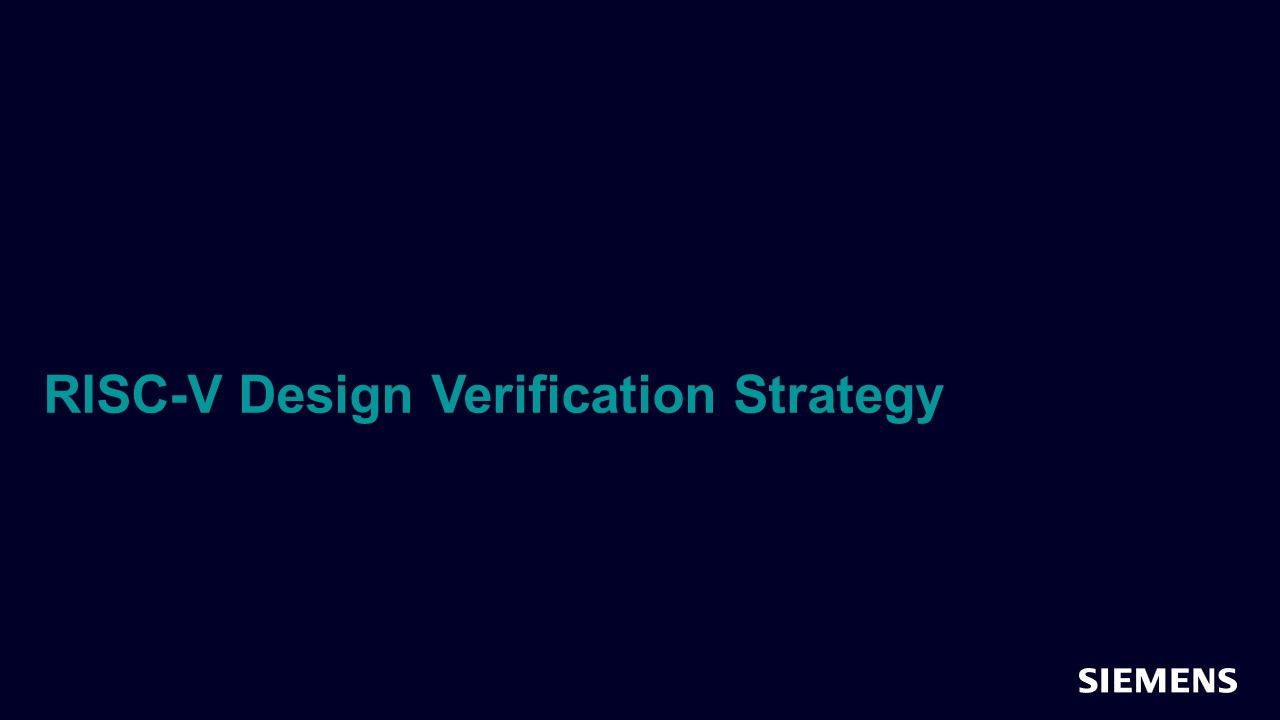
RISC-V Design Verification Strategy
Article - Oct 26, 2020 by Dr. Mike Bartley
As the RISC-V architecture becomes increasingly popular, it is being adopted across a diverse range of products. From the development of in-house cores with specialized instructions, to functionally safe SoCs and security processors for a variety of verticals – RISC-V adoption brings several verification challenges that are discussed in this article, along with potential approaches and solutions.
-
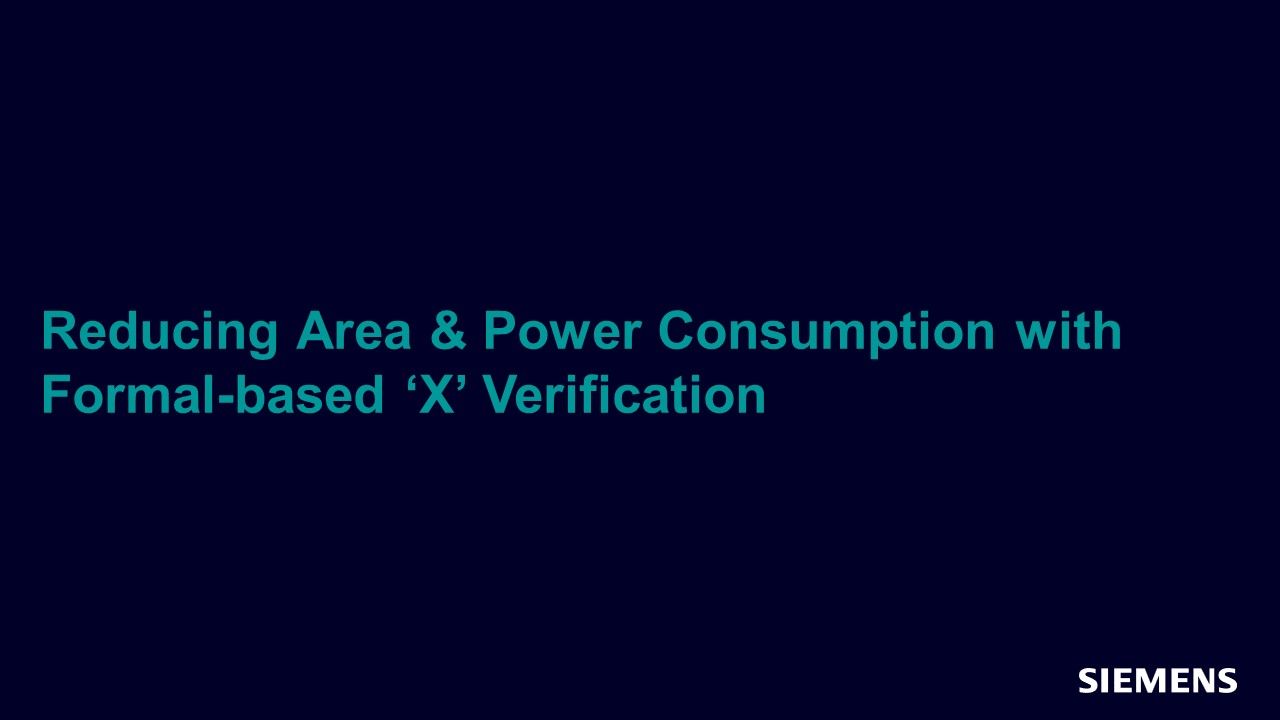
Reducing Area & Power Consumption with Formal-based ‘X’ Verification
Webinar - Oct 15, 2020 by Ping Yeung
In this session we will share a comprehensive static and formal-based methodology employing this app that enables design teams to root cause ‘X’ issues early in the RTL design process.
-
FPGA Functional Verification Trend Report - 2020
Resource (Paper (.PDF)) - Oct 13, 2020 by Harry Foster
This report examines the trends in functional verification for the field programmable gate array (FPGA) market segments identified in the 2020 Wilson Research Group study.
-
IC/ASIC Functional Verification Trend Report - 2020
Resource (Paper (.PDF)) - Oct 13, 2020 by Harry Foster
This report examines the trends in functional verification for integrated circuits (ICs) and application-specific integrated circuits (ASICs) as identified in the 2020 Wilson Research Group study.
-

Functional Verification Study - 2020
Session - Oct 13, 2020 by Harry Foster
In this session, Harry Foster highlights the key findings from the 2020 Wilson Research Group Functional Verification Study, and provides his interpretation and analysis behind today's emerging trends.
-
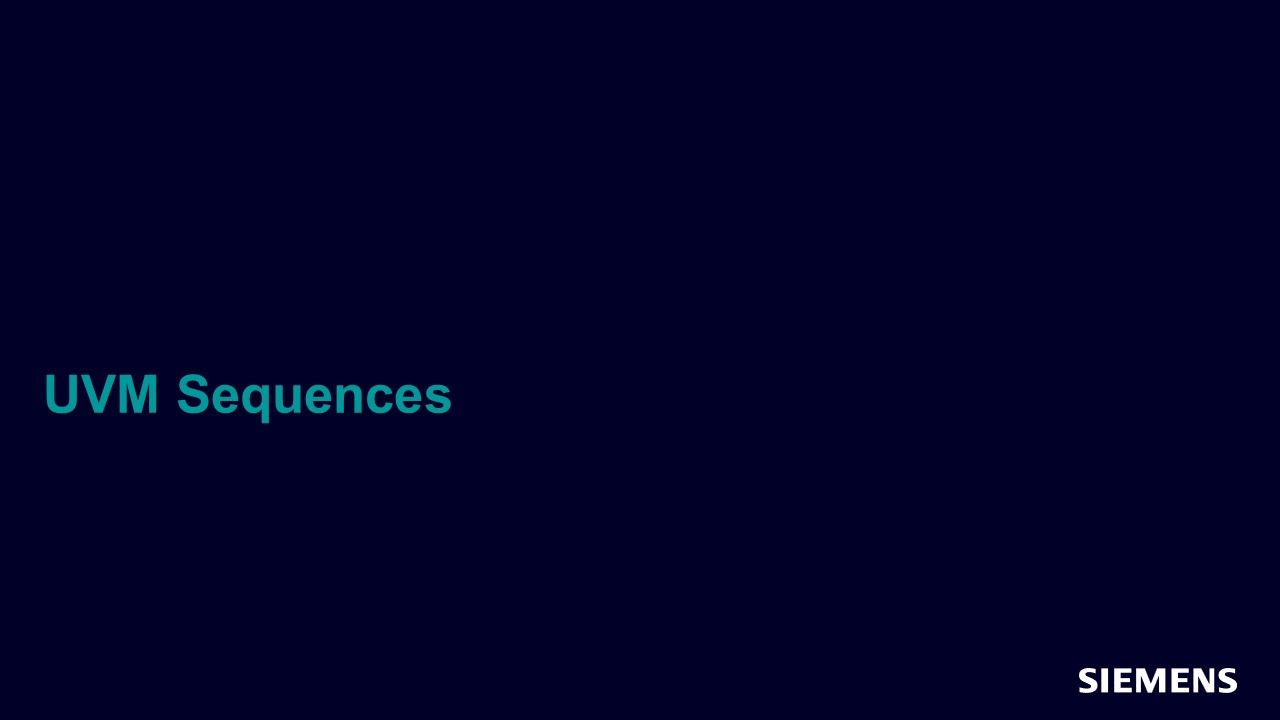
Stimulating Simulating 2: UVM Sequences
Webinar - Oct 08, 2020 by Chris Spear
In this session, you will learn more about UVM Sequences; creating classes, transactions flow and virtual sequences. In addition, Chris will share best practices with UVM sequence classes.
-
ISO 26262 Bottoms-Up Safety Analysis
Resource (Slides (.PDF)) - Sep 29, 2020 by Jacob Wiltgen
-
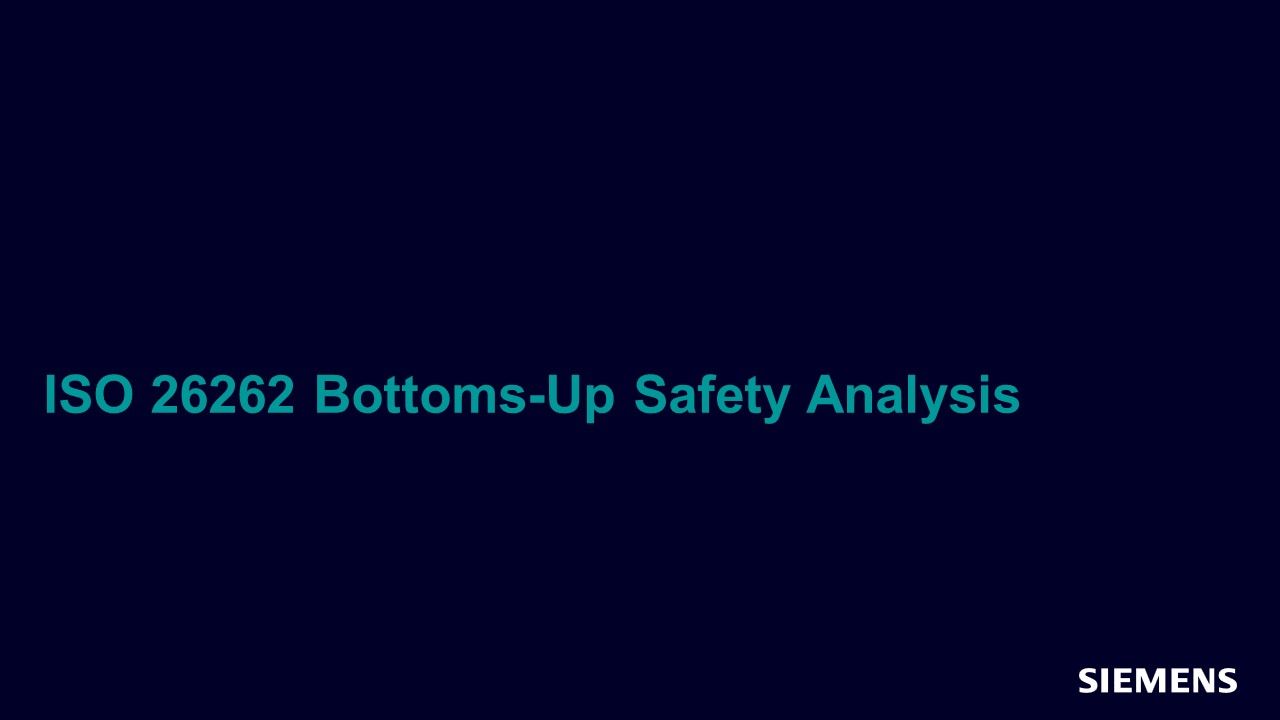
ISO 26262 Bottoms-Up Safety Analysis
Session - Sep 29, 2020 by Jake Wiltgen
In this session you will gain an understanding of the core challenges performing safety analysis in today’s complex IP and IC architectures.
-

Should I Kill My Formal Run? Part 2: Avoid Trouble and Set Yourself Up For Success
Webinar - Sep 01, 2020 by Jin Hou
In this session we assume you are about to kick off a formal analysis, and want to make sure you will avoid the most obvious pitfalls in setting up your formal testbench, the DUT, and the runner scripting.
-

Stimulating Simulating: UVM Transactions
Webinar - Aug 26, 2020 by Chris Spear
In this session, you will learn how to create classes for UVM transactions, also known as sequence items. You will also be shown how to add new functionality to a transaction, by extending the class and much more.
-
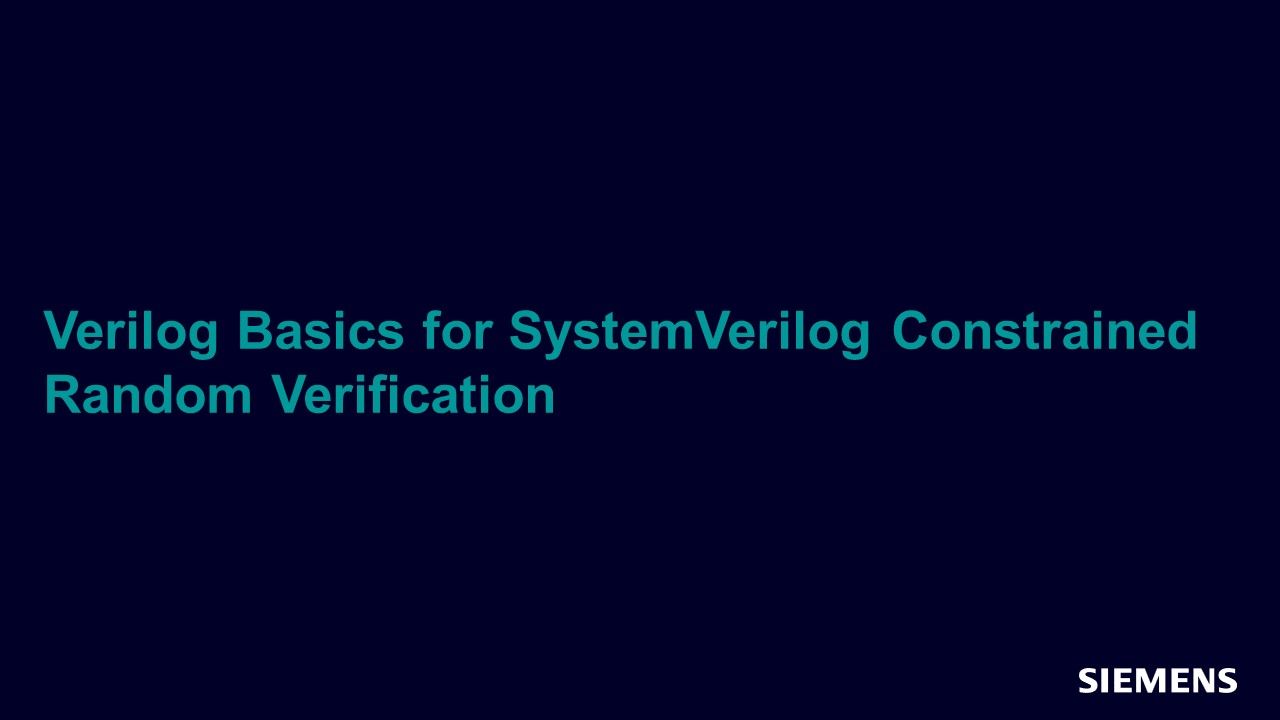
Verilog Basics for SystemVerilog Constrained Random Verification
Webinar - Aug 18, 2020 by Dave Rich
In this session we will review two of the most common issues when constraint solver results do not match your intent: 1) not understanding how Verilog expression evaluation rules apply to interpret the rules of basic algebra, and 2) not understanding the affect probability has on choosing solution values.